
How to choose a towel: practical recommendations for choosing
A towel is an indispensable attribute of a living space, providing comfort and hygiene. Since people use this item every day, it is very important to choose it correctly. The modern textile industry offers a huge range of towels, differing in material, purpose, size, and pile length. In order for the product to serve for a long time and please its owners, it is worth learning how to choose a towel and what features to consider during the purchasing process.
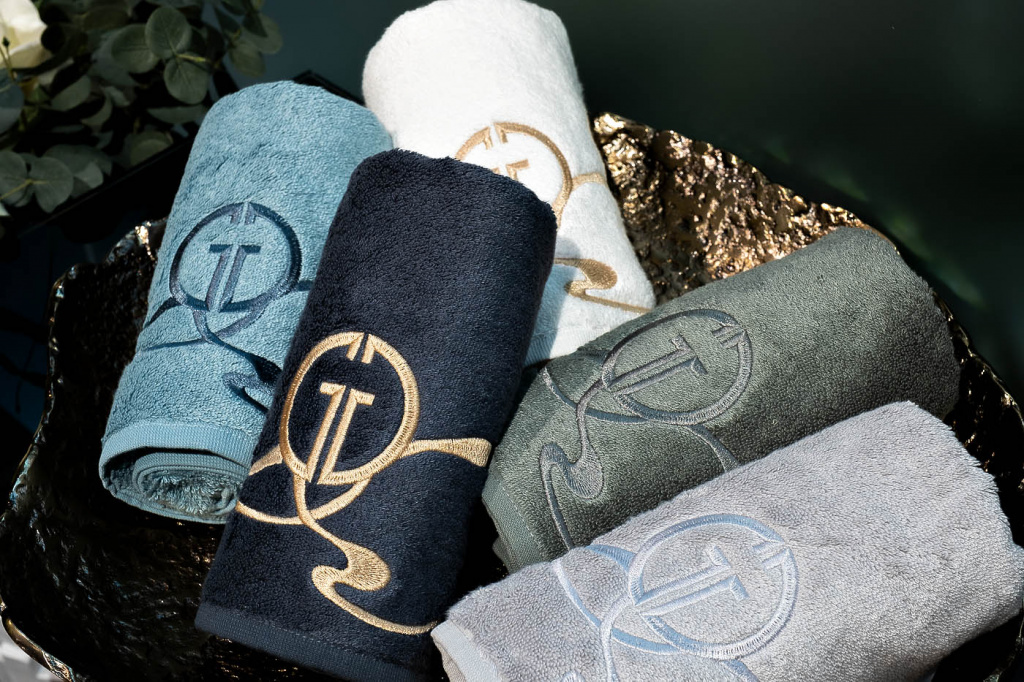
Types of towels by purpose
One of the important criteria for classifying textiles is its purpose. Depending on their purpose, all towels are divided into the following types:
- Bath towels. Products that people use to dry themselves after a bath or shower are soft, large in size, and have the ability to perfectly absorb moisture. They are usually made from terry cloth or other cotton fabric. Such models are quite heavy and take a long time to dry, but a soft and cozy bath towel will help keep you warm if you don’t have a robe at hand.
- Beach towels. Beach textiles, which have a bright, attractive design, can be used for wiping after water procedures and for comfortable tanning on the shore. The main properties of beach towels are solid size, light weight, and good absorbency.
- Kitchen towels. Perhaps the heaviest load during the day falls on kitchen textiles. Therefore, kitchen towels should be small but practical, able to easily be washed off from grease, dirt and harmful bacteria. These requirements are best met by harsh linen and waffle products - synthetics are unlikely to withstand intensive use, constant washing and boiling.
- Face towels. Products intended for washing are supposed to be soft, gentle, and hypoallergenic. A high-quality towel will not injure the skin, and washing will turn into not only a necessary, but also a pleasant procedure. The best choice in this case would be a small or medium-sized model made of bamboo or cotton.
- Towels for feet and hands. The aesthetic appeal of products used to wipe feet and hands is not very important - properties such as resistance to stains and good absorbency come to the fore. If some guests come to the house, it is worth purchasing a separate towel for them.
- Children's towels. The ideal towel for a child is bright, quite soft, made from environmentally friendly fabric. Preference may be given to models depicting cartoon characters, and it is better to choose a long pile. Products with double-sided weave of threads, which allow you to quickly absorb water, and a hood that protects delicate children’s ears after bathing are also good.
- Massage towels are a special category of textiles characterized by increased rigidity. You need to dry yourself vigorously with these towels to stretch your muscles and improve blood flow—a similar effect is achieved by a good washcloth. It’s difficult to call a massage towel cozy, but it has a healing effect. To make massage towels, cotton and linen fibers are usually used in specially selected proportions.


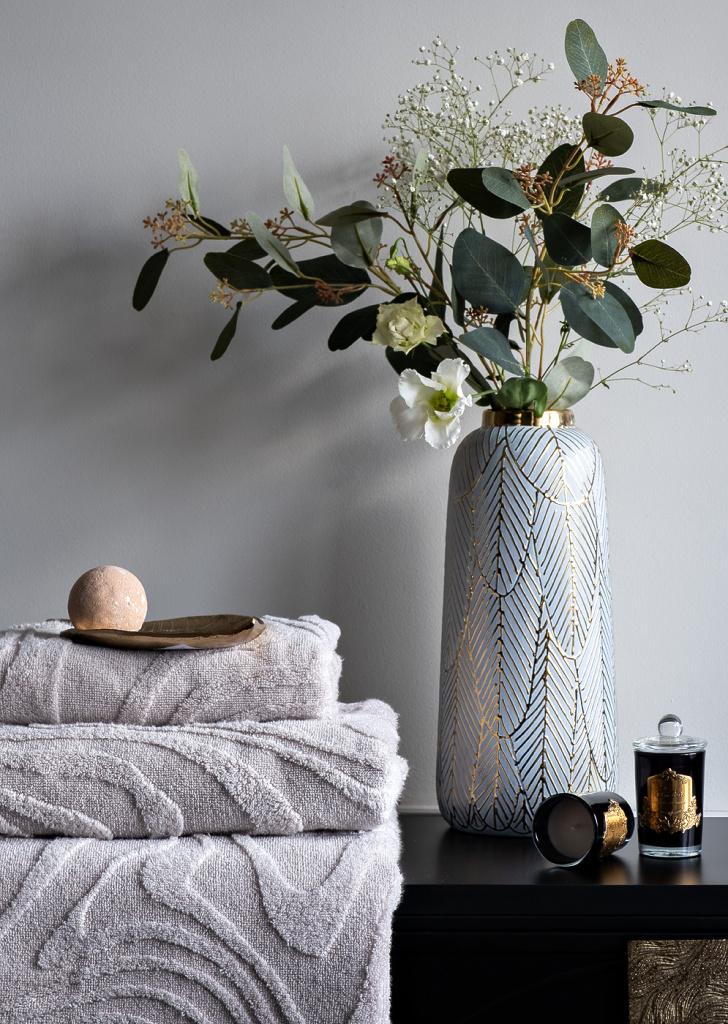
It is worth mentioning about festive types of textiles - wedding towels, towels. As a rule, they are sewn from natural fabrics - satin, linen, silk, and are decorated with hand embroidery, appliqués and other decorative elements - beads, ribbons.
What materials are towels made from
The key to a towel’s long life is the material from which the product is made. Perhaps the safe bet for most types of towels is cotton. This material, or more precisely, a group of materials, has proven itself excellent due to its practicality, hypoallergenicity, and excellent absorbent characteristics. High weaving density ensures the durability of the product. Thanks to the listed characteristics and budget price, cotton towels are optimal for everyday use. However, there are some disadvantages: cotton textiles take a long time to dry, and when washed at high temperatures, they may shrink.
Other popular materials used for sewing towels include:
- Len. Linen towels are absolutely natural and hypoallergenic, they perfectly absorb moisture and withstand boiling. Another significant plus is the presence of antibacterial properties. True, linen products have a rigid structure and not everyone likes them, but if you want to decorate your interior with a cute towel with ethnic motifs, you won’t find a better option.
- Velour. The material with a pleasant velvety texture looks beautiful, but it is not particularly hygroscopic and gets dirty quite quickly. Therefore, velor towels are more suitable for decoration.
- Mahra. Terry cloth is indispensable when sewing bath towels, as well as children's textiles. When handling soft, warm and tactilely pleasant terry, you need to be careful: long pile in the form of loops easily turns into puffs.
- Microfiber. Synthetic fabric is not very durable, but it is inexpensive, copes well with stains and washes well. It's no coincidence that microfiber towels are so popular in the kitchen.
- Waffle fabric. In the kitchen textiles segment, waffle towels have almost no competitors. Lint-free fabric, the pattern of which resembles a honeycomb, can be boiled and bleached, which does not harm its structure at all.
Among modern materials, it is worth paying attention to bamboo - a soft, dense fabric with antibacterial properties. You will have to spend money on a bamboo towel, but you will have a hygienic item in your home that does not wrinkle, does not shrink, and absorbs moisture twice as well as its cotton counterparts.
Dimensions and density
The size of towels is mainly determined by their purpose. Here is a generally accepted size range that can be used as a guide when choosing a product:
- Towels for hand and kitchen use – 30x30 or 30x50 cm.
- Standard kitchen models – 70x50 cm.
- Wash towels – 50x90 or 50x85 cm.
- Products for wiping feet and body – 50x100 cm.
- Bath towels - their sizes can vary from 70x140 to 100x150 cm.
- Towels for massage, use in the sauna and on the beach, and also as a small terry sheet - 80x200 cm. If desired, you can wrap yourself entirely in such a towel.
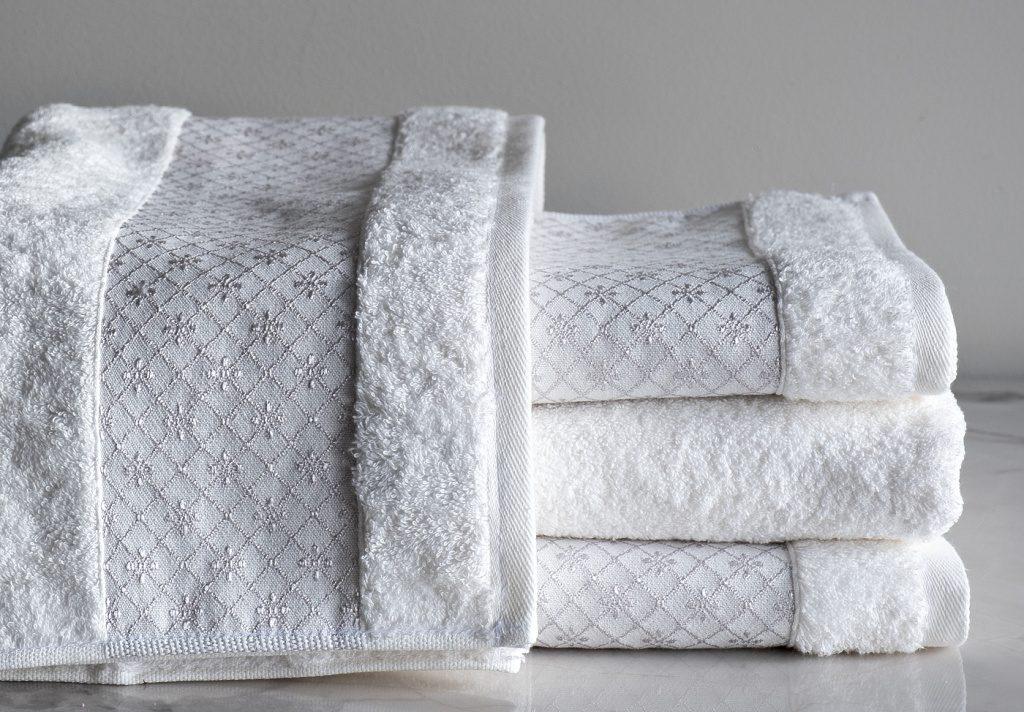
Another relevant point is the density of textile products. There is the following rule here. The higher the density indicator, that is, the more fibers contained in a square meter of fabric, the better its strength and hygroscopicity. However, it is necessary to keep in mind that towels with a density of more than 600 g/m2 will weigh a lot and, accordingly, will take a long time to dry. If the density does not reach the level of 400 g/m2, the towel will not be able to absorb water well. Therefore, the average value is considered optimal - towels with a density of 450 to 600 g/m2.
Service life of towels
The lifespan of a towel is affected by the material, purpose, and intensity of use. It is worth considering that a wet environment is ideal for the growth of bacteria; frequent washing wears out textiles quickly, and if you wash a towel at high temperatures, it will become unusable several times faster.
Even if the towels look presentable, thousands of bacteria still accumulate in them over time. Therefore, the service life of high-quality bath towels usually does not exceed 3 years, synthetic products - 2 years, and kitchen towels, used both for wiping dishes and as potholders or rags for removing dirt, are generally recommended to be changed every six months.
But don’t rush to part with towels that have lost their shine; they can be given a second life. Just spend a little time and the terry product will turn into a toy for pets or insoles for house slippers.

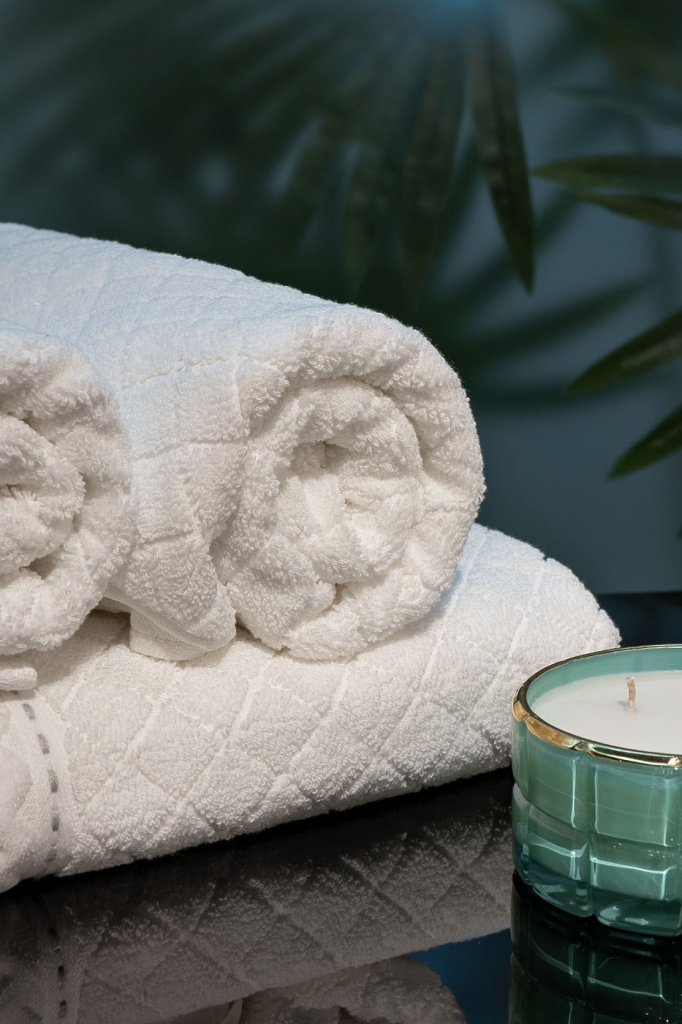

Tips for choosing towels
A towel in the house is not considered a small thing at all, because it is one of the things necessary for a comfortable life. Therefore, when choosing a towel, it is advisable to listen to the advice of experts:
- The edges of the towel should have clear, even seams, without protruding threads. Conscientious processing of edges is one of the main signs of a quality product.
- The next important point is good quality paint. To ensure the reliability of the staining, simply apply a white damp cloth to the surface. If stains remain on it, the towel will not withstand even several washes, and other things in the washing machine may suffer.
- Synthetic models do a good job of removing dirt from tables, dishes or plumbing fixtures, but they are of little use for personal hygiene.
- The normal pile length for “adult” towels is 5 mm. Kids who need warm and soft things should buy towels with longer pile.
- When choosing terry products, it is advisable to give preference to 100% cotton. If the composition contains more than 5% artificial threads, the item will become stiff after 2-3 washes and begin to cause discomfort.
- To ensure that the towel lasts as long as possible and does not lose its softness, do not dry it on a radiator. It is better to straighten the product with your hands and hang it in the fresh air to dry.
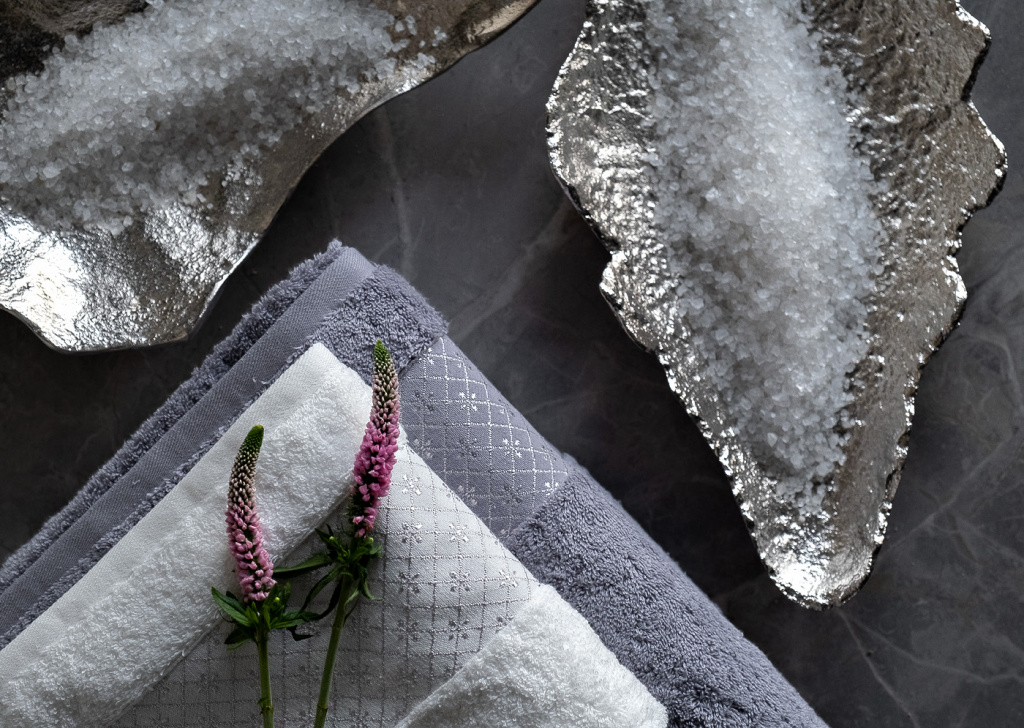
The assortment of the Garda Decor store includes designer towels with excellent consumer characteristics. Products from the catalog have good absorbency, softness, and ease of care. Thanks to their natural composition, they can be recommended for children and people prone to allergies. Garda Decor consultants will help you choose a high-quality towel with an original pattern that will bring a touch of warmth and comfort to your home.